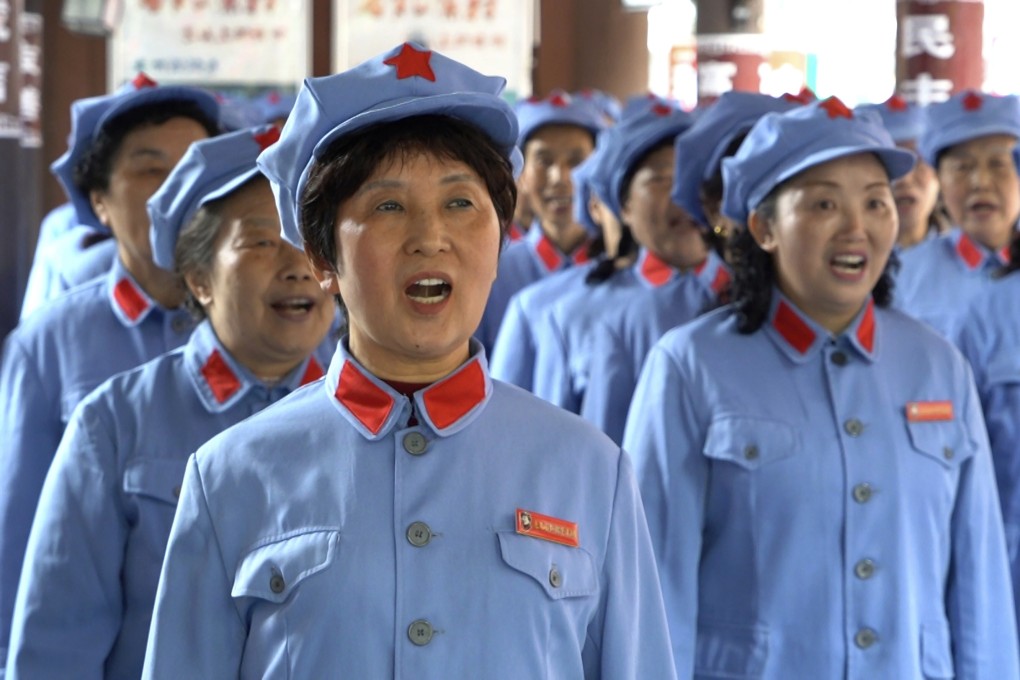Macroscope | Four ways China’s economy can rise to the population challenge
- The three-child policy is unlikely to reverse the demographic slide, but China can mitigate likely impacts on the economy
- Besides raising the retirement age, it could make the most of its educated workers, adopt automation and consider outsourcing

For starters, the country only narrowly escaped the fate of seeing a population decline. Contrary to fears that China’s population had dropped below 1.4 billion, the latest census data showed continued growth, although the population increase over the past decade – 72 million – was the smallest since the 1950s.
These mean that the dependency ratio – the non-working-age population over the working-age population – has deteriorated, with a growing unproductive group now relying on a shrinking working-age population.
Finally, the most worrying statistic of all is the sharp decline in the birth rate. The official data showed the number of newborns dropping to a near-record low of just 12 million in 2020, about 18 per cent lower than in 2019. While last year’s number may have been distorted by the pandemic, the persistent decline in China’s birth rate since 2016 is unmistakable. With a fertility rate of 1.3 children per woman, China now has one of the lowest population replacement rates in the world. If the trend is left unchecked, the country will face a grim future of accelerated population decline.

